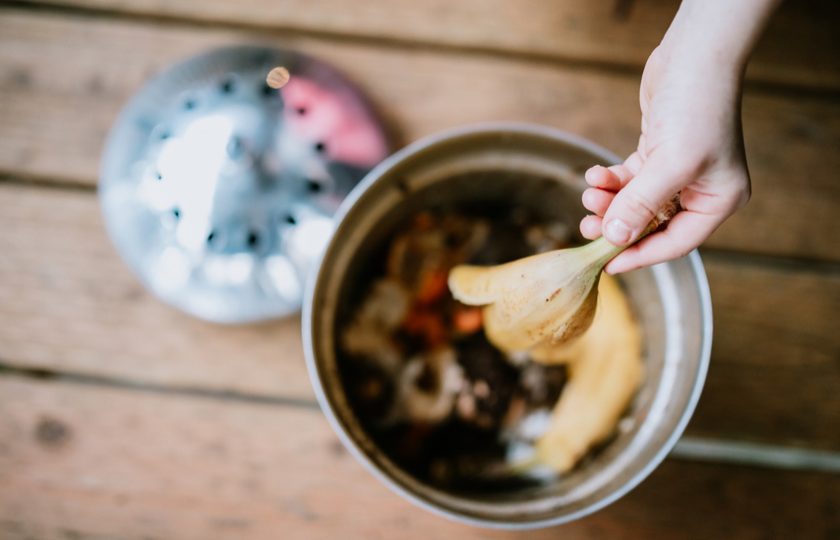Researchers from the University of Tokyo Institute of Industrial Science have discovered a way to produce edible “cement” from discarded fruit and vegetables.
Food waste is a growing problem worldwide. In the US alone, it is estimated that up to 40 per cent of all food goes uneaten.
While food waste is organic, naturally biodegradable, and compostable, a significant amount is sent to decay in landfills and emits toxic methane.
But more than just left to rot, what if food waste could turn into something beneficial?
The researchers turned fruit scraps into cement using a heat-pressing technique, normally used to turn wood powder into construction materials.
Food waste – including cabbage leaves, banana peels, seaweed, orange, onion, and pumpkin – is pulverised into powders and mixed with water and seasonings.
The mixture is then pressed into a mould at a high temperature. The finished product is tested based on its appearance, taste, smell, and flexibility.
“Our goal was to use seaweed and common food scraps to construct materials that were at least as strong as concrete,” said Yuya Sakai, senior author of the study and associate professor of Industrial Science.
“But since we were using edible food waste, we were also interested in determining whether the recycling impacted the flavour of the original materials.”
Sakai came up with the technology while researching sustainable materials that could perform like cement-based concrete and perhaps eventually replace it.
In 2019, Japan produced approximately 5.7 million tonnes of food waste, which it aims to reduce significantly by 2030.
Aside from the US and Japan, hundreds of billions of pounds of edible fruit and vegetable peels are wasted worldwide each year by the food industry and households, which prompted the researchers to innovate for solutions.
While biodegradable, the cement is still resistant to fungi, rot growth, and insects. However, because of its edible properties, it can tempt rodents and other pests to consume it.
The researchers said they plan to coat the material in lacquer to prevent this scenario.
Beyond developing edible cement, the researchers said they are working to use food waste to create other household products, from furniture to cutlery.



